The inchworm (“inch worm”) is a type of caterpillar, and belongs to a family of moths called Geometridae, a group with over 1,200 species native to North America. Also called measuring worms, spanworms, loopers and cankerworms, inch worms are larvae, and are usually considered pests because of the damage they inflict on trees, plants and shrubs.
Inch worms measure about 1 cm. in length, and can be pale green, reddish-green, dark brown or black. The head is pale to dark green, and is frequently covered with black spots. Pale lines run down the length of the body, and a dark stripe runs down the back. Inch worms have three pairs of “true legs” at the front of their bodies, and two or three pairs of prolegs (appendages extending from the abdomen) at the rear. They have no appendages at the middle, and move by drawing their rear ends forward while extending their front section and holding on with their prolegs.
An inchworm’s body is smooth and hairless, and many species have projections on their bodies that help them mimic flowers, twigs or foliage. When in danger, some inchworms stand upright and still on their prolegs, making them appear even more like a twig.
Inch worms feed on several types of trees, plants and shrubs. Some species feed exclusively on deciduous trees and shrubs, some feed only on conifers, and some feed on both. Inch worms sometimes cause great damage to foliage, but they are often kept under control by natural predators. Because the damage they cause does not follow a specific pattern, it is difficult to determine if the damage is caused by inch worms, or by other species such as the sawfly, the earwig, or the cutworm.
Only one generation of inch worms is born every year. Adult moths lay their eggs in the winter, leaving them on twigs and tree limbs in clusters of 50 or more. The eggs are cylindrical, gray and have brown tops. After the eggs hatch in April or early May, the caterpillars feed for four or five weeks. When they mature, they burrow into the soil and make cocoons of silk and dirt particles near the soil’s surface. They pupate in early June, but do not emerge as moths until November, when they surface to lay eggs. The adult female moth is wingless; the adult male has a wingspan of about 1 inch, with brownish-gray forewings and lighter colored hind wings. Their coloring usually helps them blend into their surroundings.
Recommended reading (click on the picture for details):
All About Worms is always free, always reader-supported. Your tips via CashApp, Venmo, or Paypal are appreciated! Receipts will come from ISIPP Publishing.




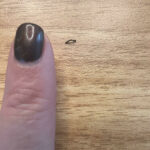
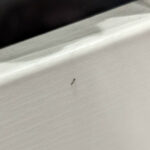
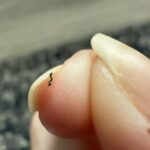
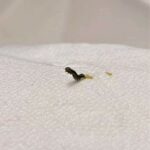

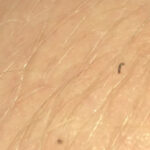
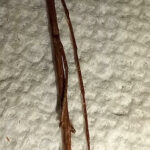
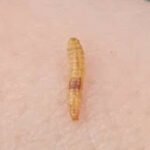
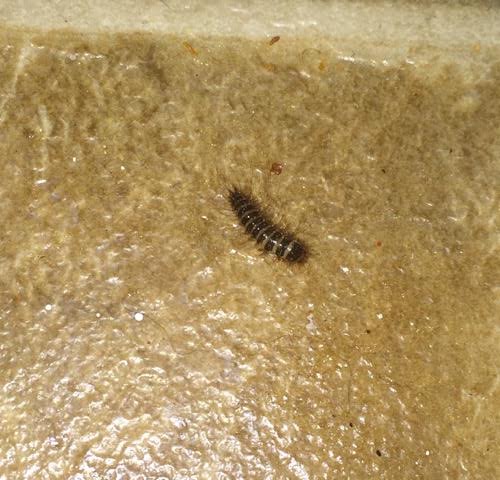


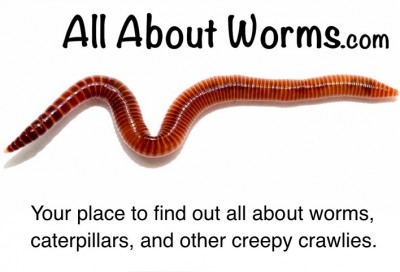


I have a DynaTrap hanging on my patio and it catches these bothersome boogers by the thousands in late October and in November . Try one .
How do you get rid of these worms….they are in houses
Inchworms get that name because they “inch” along
How long do inchworms grow and how did thet get the name ‘inchworm’?
Can i get a rash if an inchworm crawls on me?